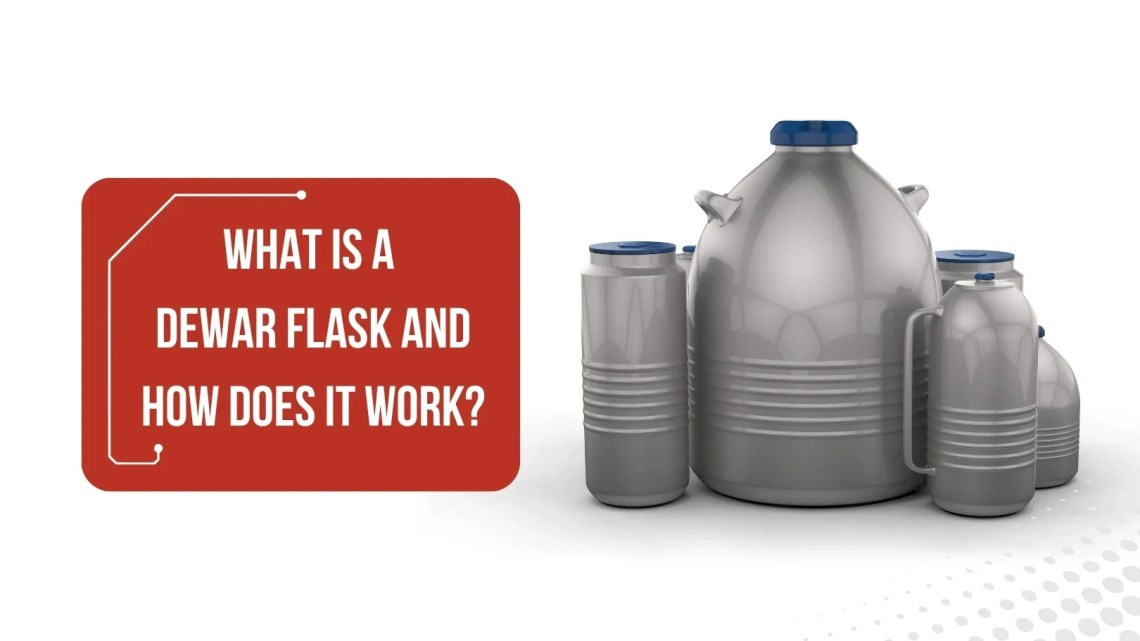
What is a Dewar Flask and How Does It Work?
October 31, 2025A Dewar flask, often called a vacuum flask, is a specially designed container used to store materials at stable temperatures for long periods. It was invented in 1892 by Sir James Dewar, a Scottish chemist and physicist, to hold liquefied gases such as liquid hydrogen. Today, Dewar flasks are used in laboratories, research facilities, and even in everyday life, most commonly in thermos bottles.
Structure and Design of Dewar Flask
The Dewar flask has a double-walled construction, typically made of glass or stainless steel. The space between the two walls is evacuated, creating a vacuum that acts as an excellent thermal insulator. Since a vacuum contains almost no air or particles, it effectively prevents heat transfer by conduction and convection.
To further minimize heat loss, the inner surfaces of the walls are often silvered or coated with a reflective layer. This mirror-like surface reflects thermal radiation, reducing the transfer of heat by radiation, the third central way heat can travel.
Some modern Dewars also include protective outer casings made of metal or plastic to provide durability and prevent breakage, especially for field or industrial use.
Dewar Flask’s Working Principle
The working principle of a Dewar flask is to reduce heat transfer between the stored material and its surroundings. There are three main ways heat moves:
Conduction – heat transfer through direct contact.
Convection – heat transfer through the movement of fluids (liquids or gases).
Radiation – heat transfer in the form of infrared waves.
The Dewar’s vacuum layer blocks conduction and convection, while its reflective coating reduces radiation. As a result, the contents inside, whether hot or cold, remain at nearly the same temperature for an extended period.
Applications of Dewar Flask
Dewar flasks are used in many scientific and industrial applications, such as:
Cryogenics: Storing and handling liquefied gases like liquid nitrogen, oxygen, or helium.
Laboratory Work: Preserving temperature-sensitive samples and reagents.
Medical Use: Transporting biological samples or cryogenic materials.
Everyday Products: Thermos bottles for keeping beverages hot or cold use the same Dewar principle.
Industrial Processes: Managing temperature control in chemical and physical experiments.
Handling and Safety
Because Dewar flasks often contain icy materials, such as liquid nitrogen (196 °C), proper handling is essential. Users should always wear insulated gloves, face protection, and ensure good ventilation to prevent asphyxiation from evaporating gases. Also, Dewars should never be tightly sealed, as pressure buildup from vaporized gas can cause dangerous explosions.
Conclusion
The Dewar flask is a brilliant example of how physics and engineering work together to solve practical problems. Its combination of a vacuum layer and reflective coating makes it a near-perfect insulator. Whether it’s keeping coffee hot, preserving medical samples, or storing cryogenic fluids, the Dewar flask continues to play an essential role across science, industry, and daily life more than a century after its invention.


